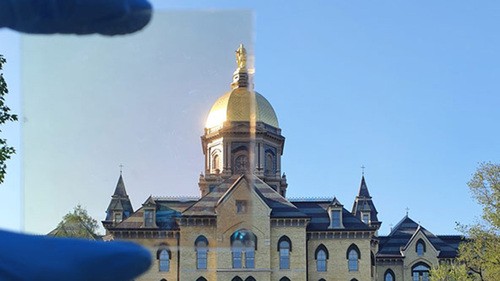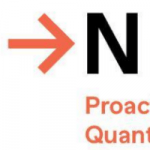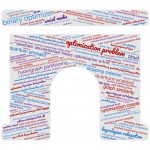Researchers at the University of Notre Dame Developed a New Window Coating using Quantum Computing Optimization

As advanced technologies like quantum computing and blockchain continue to develop, many are concerned that the environmental cost of these systems may outweigh their benefits. Not only do these technologies need a lot of energy to work, but they may also need a similar amount of energy for cooling down. Many types of quantum computers are currently being run at extremely cold temperatures, which can be quite costly in terms of energy and environmental impact. As general cooling (like air conditioning systems) accounts for about 15% of global energy consumption, engineering new efficient ways for cooling can go a long way to help the environment. One research team at the University of Notre Dame has already made a significant advancement, as they have developed a transparent window coating that can block heat from the sun, ultimately saving energy.
Optimizing a Window Coating
Called the Transparent Radiative Cooler (TRC), this clear window coating is estimated to reduce the cost of electric cooling by 33% in warmer climates. The TRC was developed by Notre Dame Professor Tengfei Luo and postdoctoral researcher Seongmin Kim. To create the coating, the researchers compiled common materials into multiple layers. “The window coating is made of a stack of common materials, like SiO2, Al2O3, and TiO2,” Luo told Inside Quantum Technology. “It doesn’t involve exotic or expensive materials. That was one of the purposes of our work.”
To find the right combination of materials and layers, the researchers realized they needed to optimize the process. For that, they turned to quantum computing. As Luo explained: “When stacking many layers together, there are an astronomically large number of possible combinations. For example, for 24 layers, there are more than 100 billion possible combinations. Classical methods cannot exhaustively evaluate every combination to find the optimal. But a quantum computer can do this via its unique qubit superposition feature.” To optimize the process, Luo and Kim created a computational model and used quantum machine learning (QML) algorithms to find the best combinations of layers and materials.
The resulting material was a 1.2-micron-thick transparent window coating that currently seems to outperform other similar products on the market. This project illustrates how quantum computing can make a significant difference in the research process, suggesting it as a helpful technology in many different fields. “I think the quantum computing strategy is as important as the material itself,” Luo said in a Notre Dame news article. “Using this approach, we were able to find the best-in-class material, design a radiative cooler, and experimentally prove its cooling effect.”
Kenna Hughes-Castleberry is a staff writer at Inside Quantum Technology and the Science Communicator at JILA (a partnership between the University of Colorado Boulder and NIST). Her writing beats include deep tech, the metaverse, and quantum technology.



















